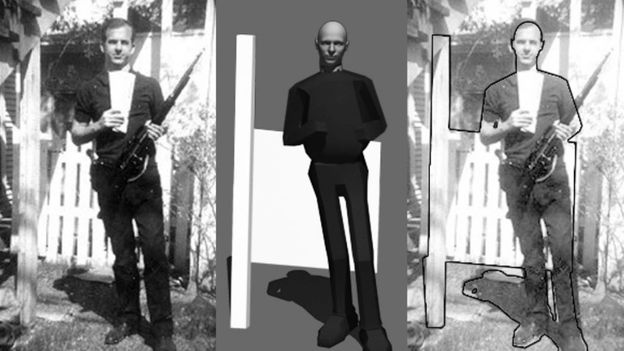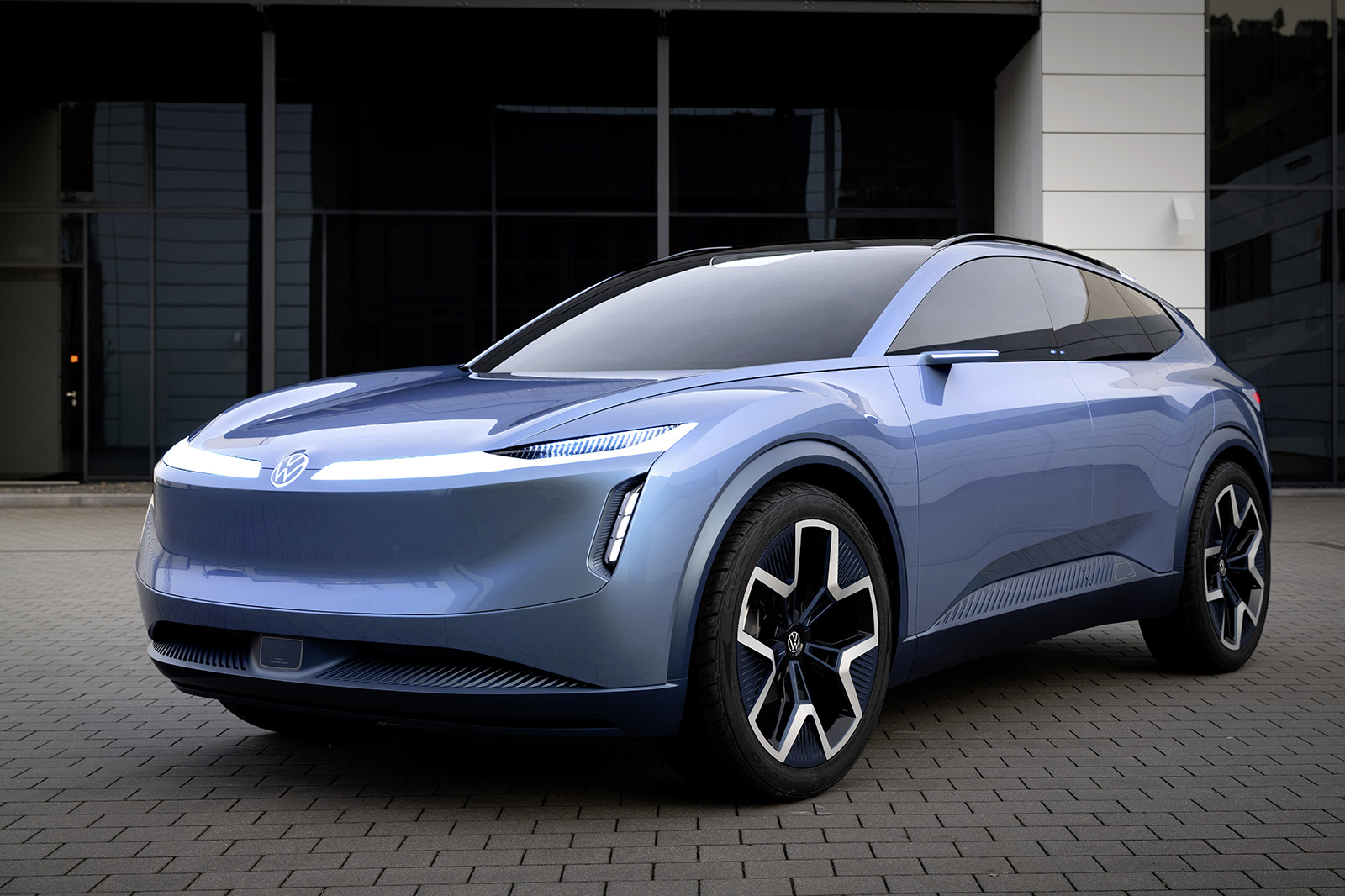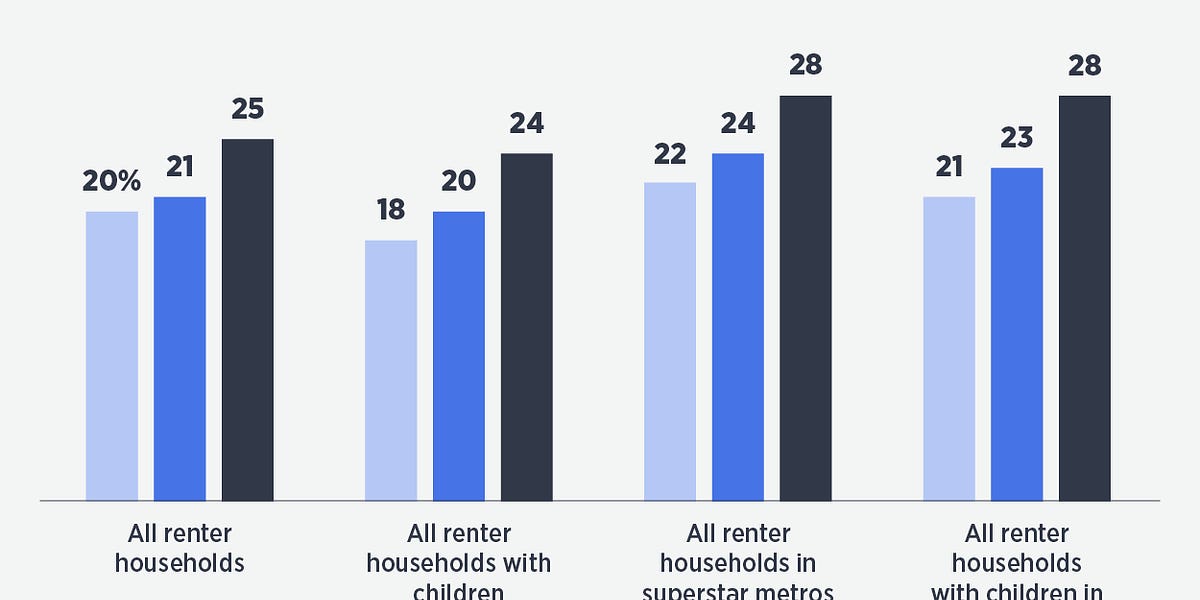
The Future of Microservices? More Abstractions
Microservices emerged 10 years ago as one of the examples of convergent evolution that sometimes happens in software. While the term can be credited to James Lewis and Martin Fowler at Thoughtworks, the global software consultant, similar ideas were being discussed by Adrian Cockcroft, then at Netflix and many other Silicon Valley firms. Amazon, Google and eBay were among the companies that independently arrived at more or less the same architectural pattern at roughly the same time.
In the decade since the term was coined, we’ve seen the rise of Kubernetes, service mesh and the beginnings of serverless, and we’re starting to see the influence of microservices being applied to the front end as well. Alongside horizontal scaling practices, microservices allow developers to deploy code more rapidly, favoring the replaceability of components over their maintainability.
For better or worse microservices have become, for many, the default architectural choice. For organizations with autonomous teams and loosely coupled systems, microservices can work well, but they bring the complexity inherent in working with any distributed system.




















